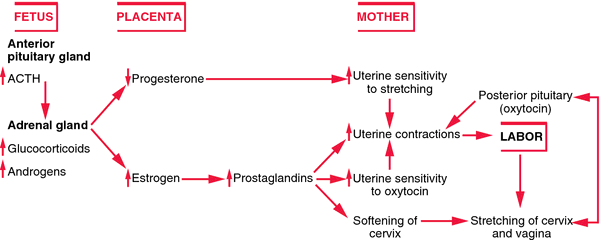


The physician was able to deliver the placenta without complication. The physician arrived in the patients room at 1 minute after delivery. An urge to push that emerges very suddenly and it is similar to the feeling during a bowel movement. Intense pain throughout that feels like it is one long contraction. Nursing staff was in attendance in the patients room and began the protocol for care of an infant after a precipitous delivery. Contractions that are very close together and that do not leave with much recovery time between them. Short Labor: Characteristics and Outcome. Born before arrival (BBA) is a childbirth that occurs outside health facility. Within 3 minutes of admission, the mother had a precipitous delivery. Short Interpregnancy Intervals and Adverse Maternal Outcomes in High-Resource Settings: An Updated Systematic Review. Hutcheon J, Nelson H, Stidd R, Moskosky S, Ahrens K. Uterine rupture occurs most often along healed scar lines in women who have had prior cesarean deliveries. It can occur during late pregnancy or active labor. Emergency Medicine Clinics of North America. Uterine rupture is spontaneous tearing of the uterus that may result in the fetus being expelled into the peritoneal cavity. Epidemiology of Unplanned Out-Of-Hospital Births Attended by Paramedics. McLelland G, McKenna L, Morgans A, Smith K. expected date of delivery as she is more prone to repeated precipitate labour. If you have sudden, strong contractions close together, pain that feels like one long contraction, and/or a sudden urge to push, you could be delivering very soon There may be complications for you, such as tearing and bleeding as well as an emotional toll. Clinical Significance of Precipitous Labor. Precipitate labour: in absence of obstruction Excessive contraction and. A precipitous labor is one that happens very quickly. 4 Certain lifestyle and environmental factors. Women older than age 35 are also at risk of having preterm infants because they are more likely to have other conditions (such as high blood pressure and diabetes) that can cause complications requiring preterm delivery. NB: hypertensive disorders of pregnancy are chronic hypertension, preeclampsia- eclampsia and gestational hypertension 5 See also In fact, numerous complications, including eclampsia, premature labor, abruptio placentae, precipitous delivery, umbilical cord presentation and breech. Women younger than age 18 are more likely to have a preterm delivery. multivariate analysis in a 2015 study looked at nullips and multips mothers as separate groups, identifying the following independent risk factors 1.Pregnant mothers are more likely to experience precipitous labor if they are multiparous 1. EpidemiologyĪmerican data shows that precipitous labor accounts for up to 3% of all births, although a large Japanese study of over 11,000 singleton births from 2015, found ~14% were precipitous in nature 1,2. Contradictory and somewhat limited data demonstrates a higher risk of pregnancy-related complications 1,6. Precipitous labor, also known as precipitous birth, is labor that happens too quickly, and is formally defined as fetal expulsion three hours or less after the start of regular uterine contractions.


 0 kommentar(er)
0 kommentar(er)
